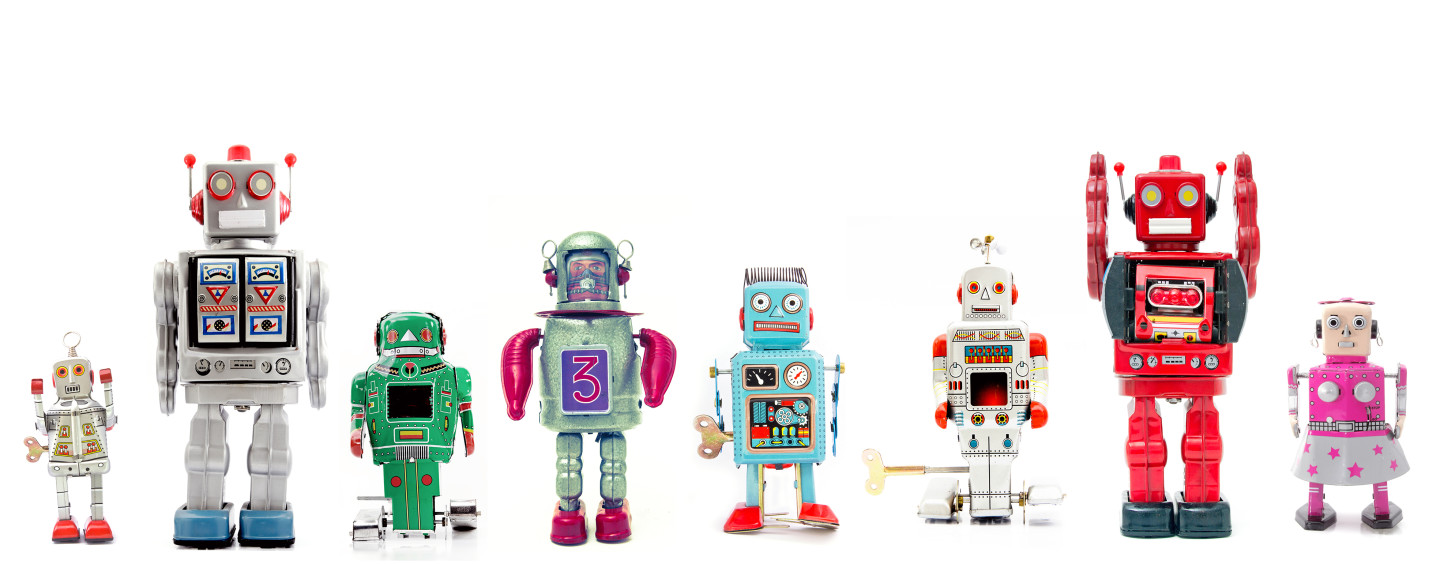Source: Mobile report 2017-4-14 13:27
If you are into Marketing, You need to Know this about Chatbots
If you are into Marketing, You need to Know this about Chatbots
Content- Chatbots weren’t the rage that they now are until last year. While they have been in existence for some time now, it was last year in April that Facebook announced at its F8 developer conference that it would be using chatbots from several brands like 1-800-Flowers and CNN in its Messenger app. And just like that, the chatbots turned into an overnight sensation which instantly started gaining attention from media and marketing professionals.

If you are a marketing professional looking to use chatbots to your advantage, we have created a list of some important things that you should know about chatbots.
1. What are chatbots?
While a chatbots might just look like simple text-based services, they are definitely a lot more than that. Chatbots Magazine defines chatbot as a service which is powered by rules or artificial intelligence with which you can interact through a chat interface.
Right from functional, educational, to fun, the services can be anything and the chatbots can easily reside in any popular chat product, like Facebook Messenger, Telegram, Slack and even Text Messages.
2. How do chatbots work?
There are basically two different types of chatbots- ones that work on a particular set of rules and others that make use of machine learning.
Chatbots which function on set rules have limited functionality. They are designed to respond to selected commands. The chatbots would be unable to answer if it doesn’t understand what you mean. In simple words, these chatbots can only be as smart as how they are programmed.

On the other hand, chatbots which use machine learning have a brain of their own i.e. artificial intelligence. Unlike the above-mentioned chatbots, you don’t really need to be very specific with your queries when using such chatbots. Rather than just commands, these chatbots can understand the language and can make sense from your query. While the functionality of chatbots with set rules is limited, machine learning chatbots can get smarter as they continuously learn from their interactions.
3. Chatbots do have the potential to do anything
If you are wondering what the chatbots can do, the simple answer is – anything! Maybe not now but definitely in future! The chatbots just work like you are talking to your friend, you can ask them questions and they will provide you with an answer. But unlike your real friends, the chatbots do not ignore you. They are programmed to respond immediately.
As mentioned earlier, Facebook has already launched their chatbot on Facebook Messenger with the help of which you can interact with different service providers and companies. Right from buying clothes online, finding information about events in your city, educational information, news and weather, anything and everything can be done with the help of chatbots.
4. Creating a chatbot is not really a walk in the park
You might ask if these chatbots can be so useful, why are they not very popular? While there are several reasons to it, a major reason is that it is not very easy to create a chatbot, especially with AI technology. For instance, Microsoft’s Twitter chatbots, Tay, which was created to engage the users in messaging exchange, was manipulated by the users to make racist and sexist claims.

Facebook too has struggled with its chatbot and is still struggling to engage users. The reason behind this is that the people are very demanding when it comes to chatbots. They do not like to pretend that they are talking to a real person when they know that they aren’t. So, even jokingly sarcastic comments by chatbots easily annoy people.
5. Building chatbots
However, this does not mean that you cannot create one or it will not help you achieve your marketing goals. While the process surely is daunting, it is still doable. And no, you don’t even need to be an AI expert to create one. Experts suggest that you should avoid over-promising the abilities of your chatbots. A lot of advancements have been made in the past decade and people who have basic knowledge about how to code can now incorporate at least some level of AI in their chatbots.
To do so, the first thing that you should know is the problem that you want to solve with your chatbots. Then select a platform for the chatbots, set a server and choose the service which you will use for creating your chatbots. You can make use of resources available at Slack, Discord, Facebook, etc. to get started.
6. Chatbots are surely the future, but they won’t be able to replace humans
Christian Brucculeri, CEO of Snaps, a popular mobile messaging platform says that according to him, chatbots won’t be able to replace humans or websites, email communications, and apps. However, chatbots will definitely rise in future and their scaled adoption would be widespread but only for specific purposes, like helping consumers purchase things online or provide the required information.

As per Brucculeri, chatbots will definitely be a much better delivery system as compared to the currently available forms of customer interaction.
A large number of brands all over the world are already making the best use of chatbots in their own ways. While the chatbots still have a long way to go, it definitely makes sense for marketing professionals to start focusing on them.
While many of the current chatbots are just launched due to the current hype around them, the concept of communicating with brands on a one-on-one basis is definitely here to stay. As the technology is still pretty much in its nascent stage, brands can make it part of their marketing campaigns to offer something unique to their customers.
Ref Links- http://www.cio.com/article/3130123/marketing/7-things-marketing-pros-need-to-know-about-chatbots.html, https://chatbotsmagazine.com/the-complete-beginner-s-guide-to-chatbots-8280b7b906ca, https://technology.onehowto.com/article/what-are-chatbots-and-how-to-use-them-11597.html